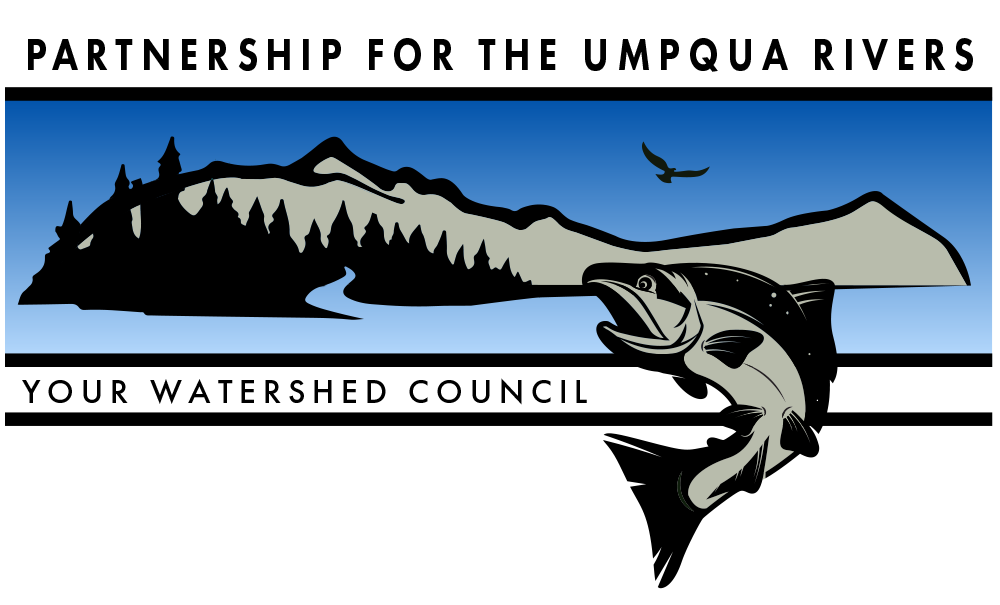Why Salmon?
Wild populations of coho are at such low numbers in areas of Northern California, Oregon, and Washington, that the species has been proposed as threatened under the Endangered Species Act.
The recreational and commercial fishing industries, once making multi-millions of dollars from coho fishing, have been severely hurt by restrictions on coho fishing the past few years. Research by the Oregon Department of Fish and Wildlife has shown that one factor limiting salmon survival is the lack of appropriate habitat for coho salmon. Because winter habitat is lacking, only 10-20% of the juvenile coho salmon present in streams at the end of summer make it through the rainy season to smolt (juvenile fish that migrate to sea) the next spring. Young fish need quality winter habitat to escape from strong currents and floods of the rainy season. Large trees and branches in the stream, log jams, flooded wetlands, side channels, pools, and beaver ponds all can provide refuge. Without such areas, young salmon are washed downstream and will not survive. Equally important is summer habitat. In shallow water coho need deep pools, cover, and shade to survive. By restoring winter and summer habitat, the survival of young coho salmon can be increased and the corresponding recovery of the adult salmon runs better assured.
The Problem & Solution
Many types of human activities, including forestry, agriculture, and urbanization, have altered the availability of habitat for fish. In the past, biologists thought that logs in streams were obstructing fish passage and advised logging companies to remove them. Now we know that large logs in the stream, as well as streamside trees and their overhanging roots and branches, are critical for fish survival. To create pastures and developable land, streams were straightened and rip-rapped (covered by rock or other objects to stop erosion), dikes were built, wetlands were ditched and drained, beavers killed, and tide gates installed. Now we recognize that natural streams meander and have side channels and beaver ponds. We have also discovered that flooded wetlands are filled with small coho seeking refuge. As towns and cities grew areas were paved, wetlands filled, run-off channeled into storm drains, and streams straightened and put through small culverts. Now we know that these changes have resulted in increased water velocities and the severity of floods. We find too that these culverts blocked passage of young fish, as well as prevented migrating adult salmon from reaching miles of high quality spawning and rearing habitat upstream.
Fortunately, there are both short and long-term solutions. In the short-term, strategically adding complex woody materials in areas of existing deep pools, using large logs, rootwads and boulders to create new pools, and building quiet off-channel waters can provide a quick boost in juvenile survival rates. Assuring that the young fish can also avail themselves of existing good habitat - for example making sure the fish can get through tide gates and culverts, can also help boost salmon survival. In the long term, replanting trees in streamside buffers, fencing areas where livestock are present, allowing beaver to re-establish pools, and de-channeling some areas to allow the stream to naturally re-establish itself will create conditions favorable to coho survival. The construction of artificial wetlands and other storm water retention systems will also help improve salmon survival by slowing run-off and reducing the pollutants entering streams and rivers.
Text adapted by PUR from Pacific States Marine Fisheries Commission
Video courtesy of the Wild Salmon Center

